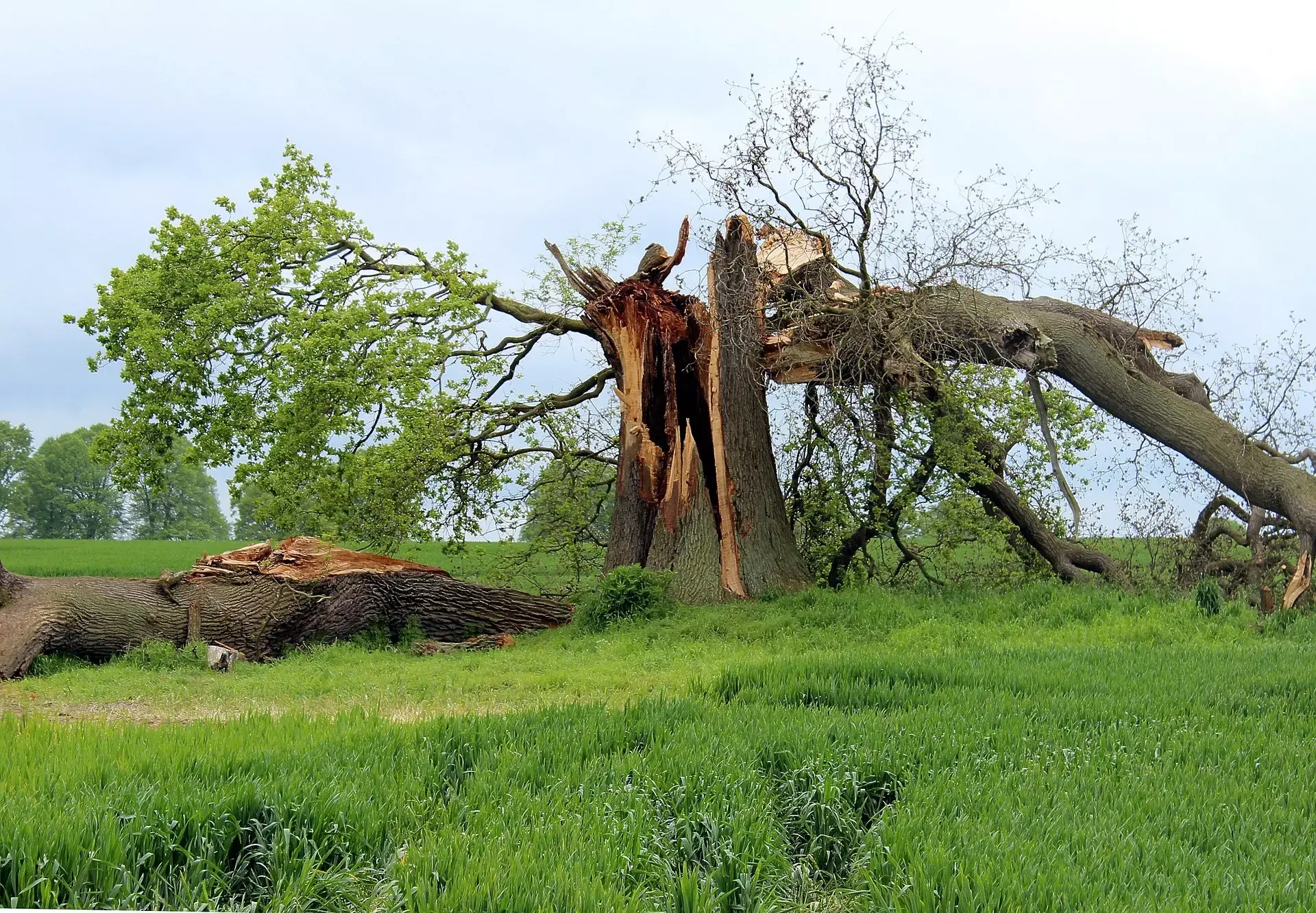
significant Tree Damage
There are three main areas of a tree where significant damage can occur. These areas are the branches, the trunk and the roots. Wounded branches are the easiest to mend; our fully qualified and highly trained tree surgeons can prune the dead, damaged or hanging branches.
However, a specialist tree surgeon will need to carry out the pruning if the damaged tree is huge and the tallest branches are the ones that are damaged.
Trees that have suffered severe damage to their trunks or bark will potentially have to be removed. The same goes for trees with considerable root damage.
As the roots are the tree's buttress, ensuring their stability, if they are significantly damaged, this can increase the risk of the tree's safety.
Some minor pruning can be done yourself, but any substantial damage must be assessed and treated by a professional and fully-trained arborist or tree surgeon.
Tree Restoration process
Safety
The first thing to do when your tree has been damaged in a storm is to assess it. The primary consideration to make when assessing your tree is whether it poses a safety risk to people.
For example, large, broken branches or the trunk leaning over are signs that the tree could fall or parts of it. In addition, if any of the larger limbs on the tree are damaged, it will be more difficult for it to recover.
Hiring a professional arborist or tree surgeon is your best bet to have these damaged limbs removed successfully.
Tree leader
The next thing to consider is how much of the leader (the main branches reaching upwards in the tree) has survived.
For tree species where the leader is crucial for growth, losing too much can lead to the tree needing to be removed.
This is essentially a judgement call on your part, and it would be best to ask a professional to assess if you are unsure.
Crown
After the leader, you should check how much of the tree's crown has survived. This is another good test to determine whether the tree will survive the damage it has suffered.
Trees that have lost more than half of their crown will not produce enough foliage to regrow through another season. Again, if you are unsure whether your tree will survive, consult a trained arborist or tree surgeon.
Determining whether the tree will regrow its foliage is a crucial factor in whether it will survive. Healthy limbs will regrow their shoots vigorously in the spring as the tree tries to replace what it has lost and returned to its former shape.
Wounds
Depending on the size of the wounds the tree has sustained to its limbs and bark will determine whether it can survive.
The larger the wound is compared to the overall size of the limb is generally a bad sign.
As a rule, a two-to-three inch wound on a limb with a twelve-inch diameter will be able to heal within a couple of years.
More significant wounds will make it more difficult for the tree to regrow the wood to heal itself, leaving it exposed to pests and disease.
Other considerations
Besides any apparent major damage, if your tree's structure appears healthy and is free of hazards, it should be fine.
But, of course, if there are any wounds, they will need to be addressed to ensure a speedy and complete recovery.
You should also monitor the tree once it has received any tree services and not simply throw fertiliser at it.
It would be best if you left the tree to recover in its own time. Again, if you are unsure of what to do once your tree has received care, speak to one of our specialist arborists or tree surgeons. They will be more than happy to lend their expertise to your case.
How do you fix a storm-damaged tree?
There are a couple of minor repairs that you can carry out on your damaged tree yourself.
Broken branches
Cutting away the remains of smaller broken branches is something that can easily be done by yourself, so long as they are low down on the tree.
Removing damaged limbs with clean cuts will help prevent your tree from becoming diseased.
Torn bark
You can help bark heal by carefully using a chisel or knife to smooth any ragged areas where the bark has been torn away.
It would help if you were careful not to expose any of the inner green layers of the tree, as this is where the tree transports its water and nutrients from the roots.
find out more about our services
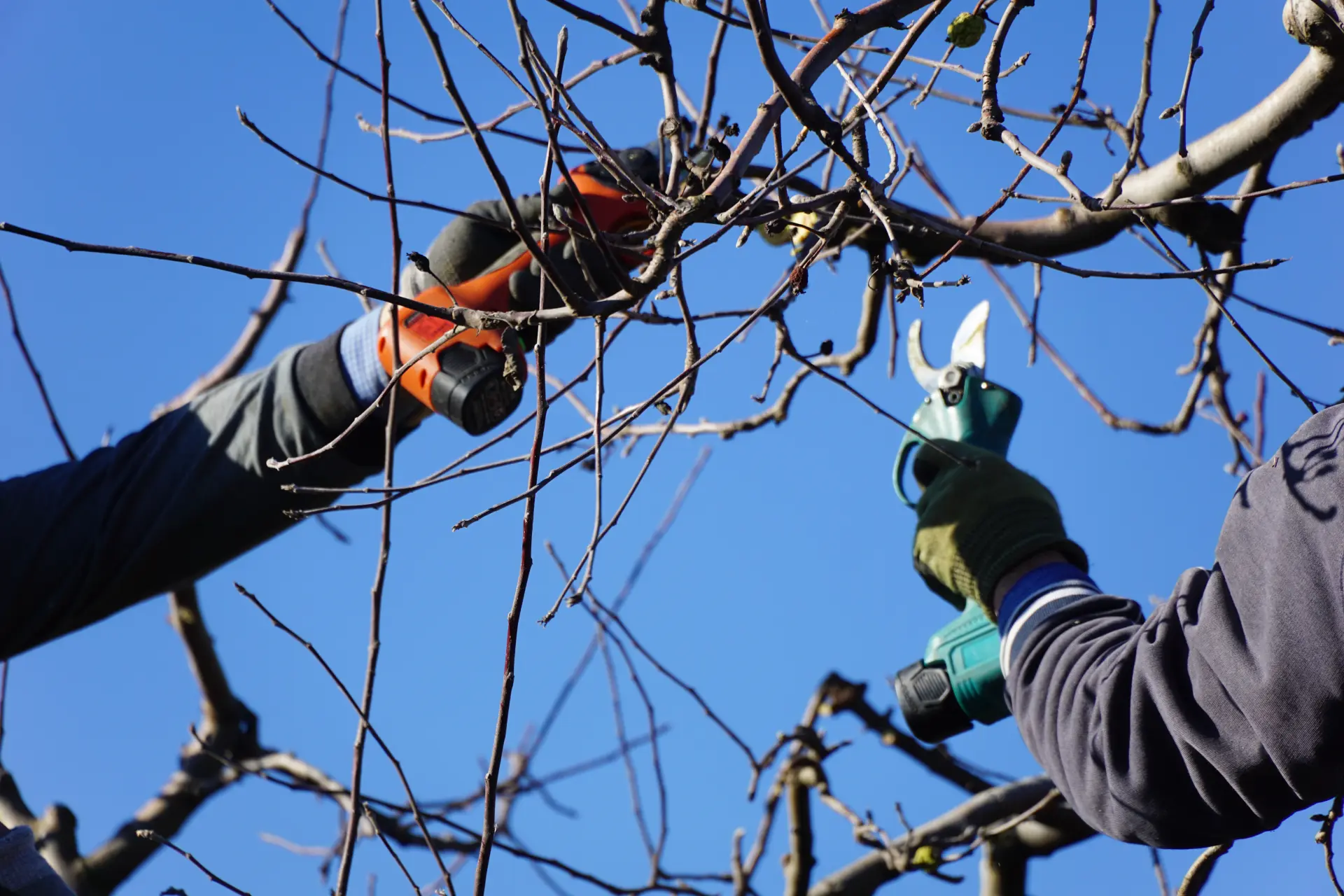
Tree Pruning Dundee
Regular tree pruning keeps your trees healthy, safe, and looking their best. Our skilled tree experts carefully remove weak or crowded branches, improving air flow and letting light reach every leaf. This helps prevent disease, reduces storm damage, and shapes your tree to suit your garden.
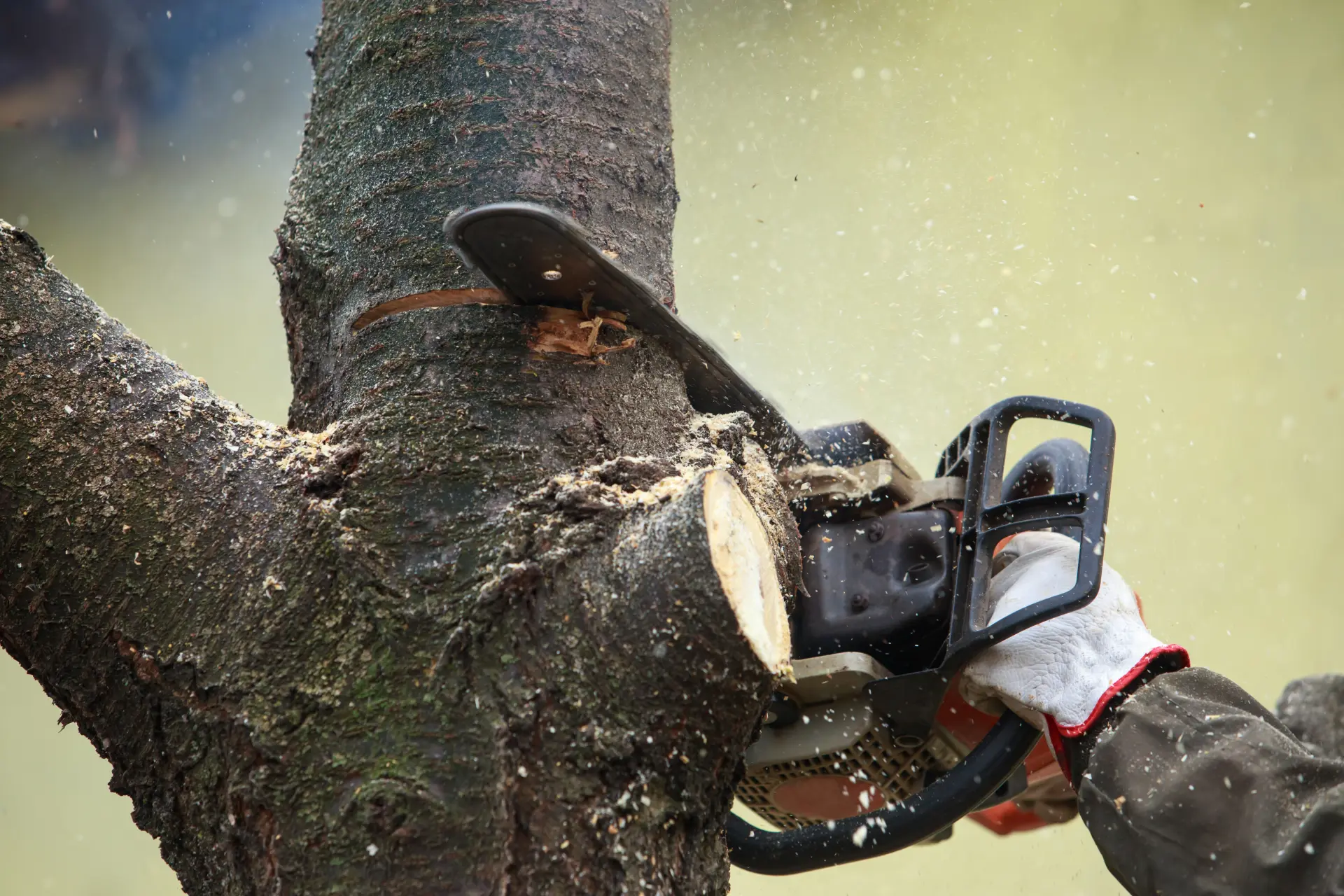
Tree Restoration Dundee
Older or storm-damaged trees can often recover with careful tree restoration. We assess structure, remove hazards, brace weak limbs, and boost new growth through targeted pruning and feeding. This service extends the tree’s life, restores its natural form, and protects nearby people, property, and wildlife.
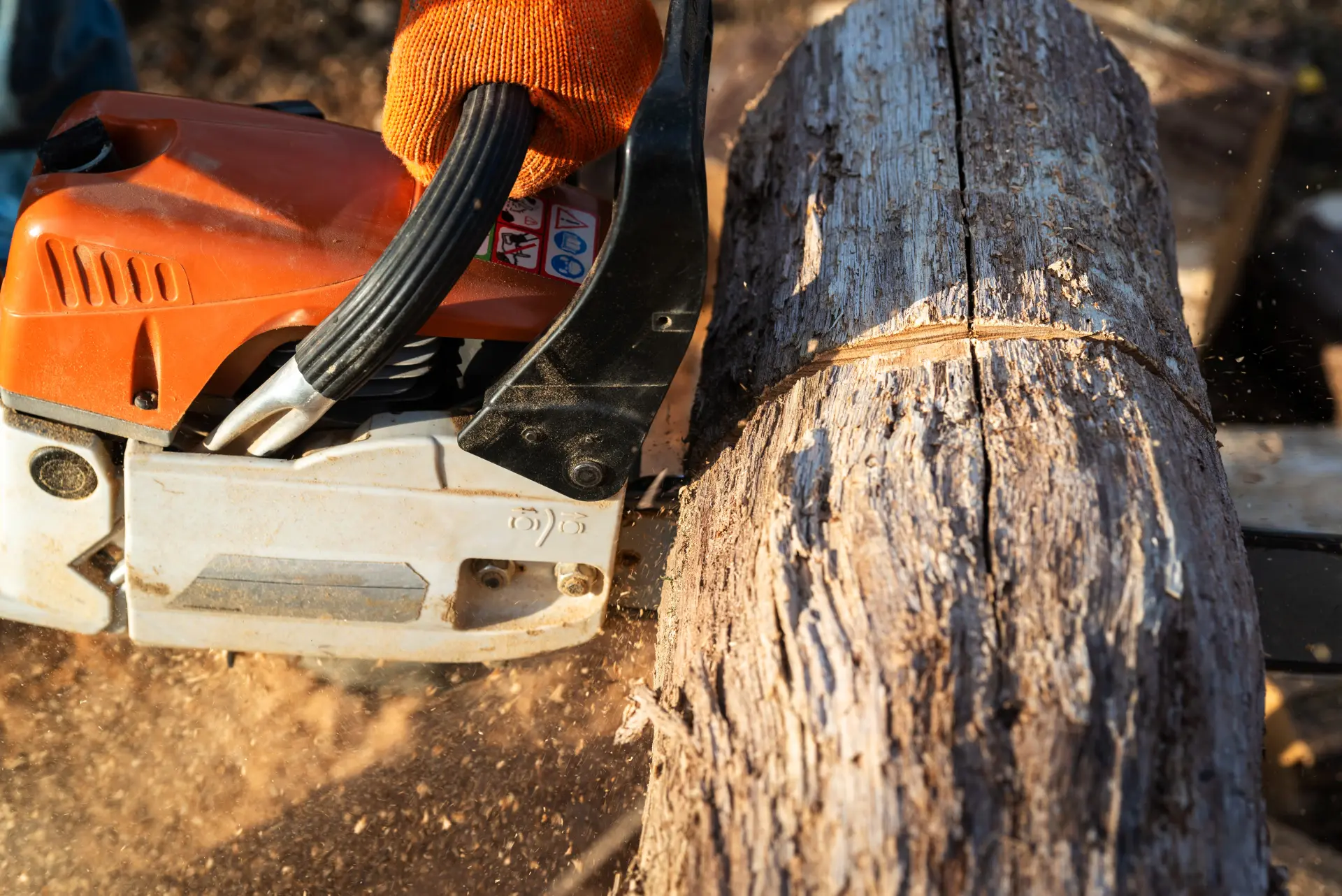
Tree Removal Dundee
Sometimes a tree must be removed for safety or building work. Our team plans each step, using modern equipment to lower sections gently and prevent damage. We clear all timber and grind the stump, leaving your site clean, level, and ready for planting or construction.
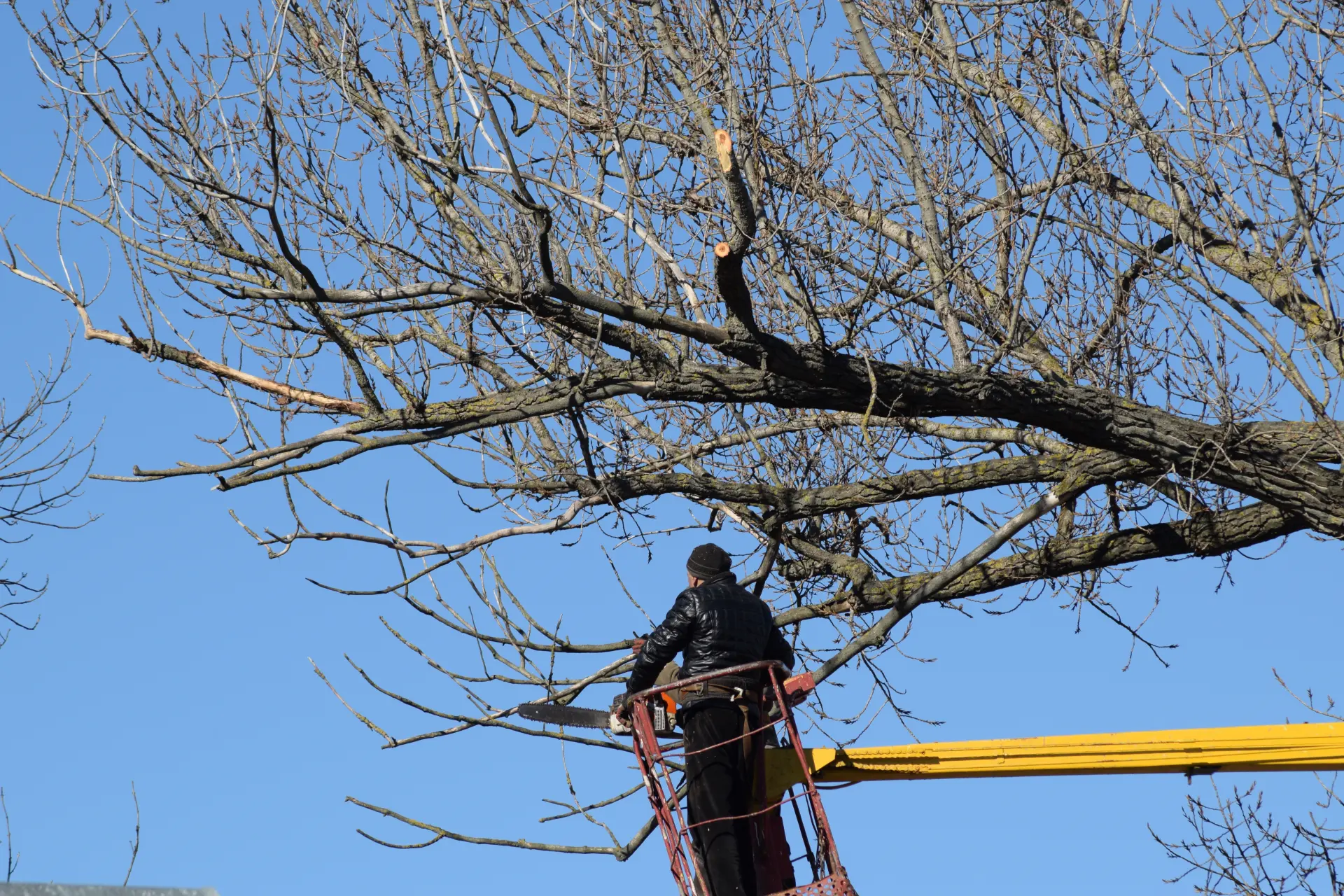
Tree Maintenance Dundee
A well-cared-for tree rewards you with shade, beauty, and value. Our tree maintenance plans include routine inspections, seasonal pruning, feeding, and pest checks. Regular care catches problems early, supports steady growth, and ensures each tree remains strong, healthy, and safe year after year.

